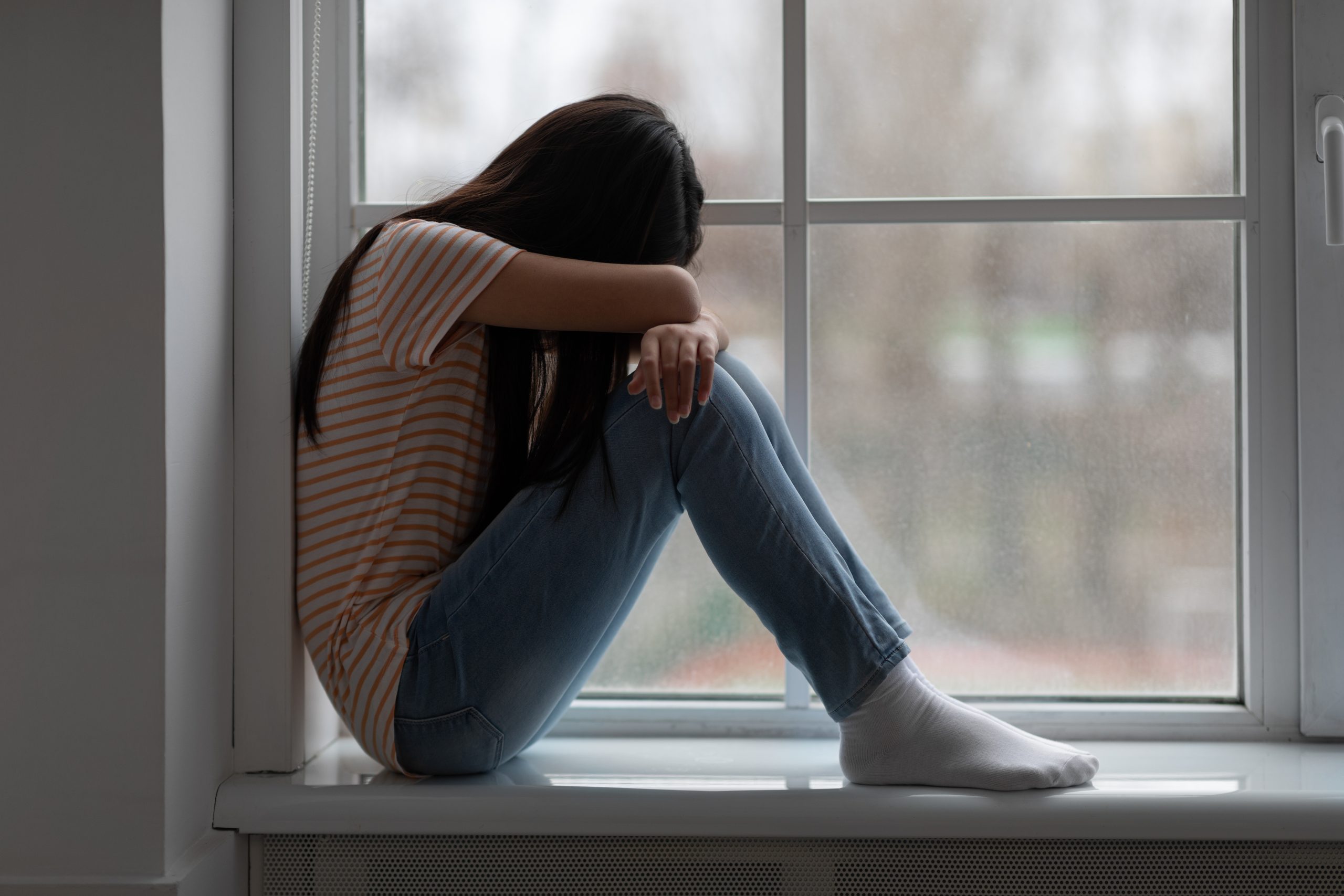Self-harm, or to give it it’s up to date classification ‘non-suicidal self-injury (NSSI), is defined in the NHS dictionary as ‘deliberate injury to oneself, typically as a manifestation of a psychological or psychiatric disorder.’
Self-harm is basically behaviour where deliberate harm is done to oneself. This is predominantly a way of coping with overwhelmingly upsetting thoughts and feelings.

There are numerous reasons why young people turn to self-harm. For identification purposes here are a few:
- difficulties at home
- arguments
- problems with friends
- school pressures
- bullying
- depression
- anxiety
- low self-esteem
- transitions and changes such as moving home or school
- gender issues
- alcohol and/or drug misuse
- past trauma and abuse
The truth about self-harm:
- Teenage girls are three times more likely to self-harm than teenage boys, although boys and adults do self-harm. 2
- NSSI is common and affects more people than society is aware of. 1
- Most self-harmers indicate starting to self-harm at around the age of 12. 5
- Self-harm is not in itself an attempt at suicide. However, there is evidence suggesting self-harmers are at greater risk of suicide. 1
- The UK has the highest levels of self-harm in Europe. 3
- NSPCC Childline indicates NSSI as one of the top reasons why children contact the charity. 3
- A recent study found that 10% of young people self-harm (this equates to two children in every secondary school classroom having self-harmed or are self-harming.) 5
Common myths about self-harm:
- Self-harm is attention-seeking. This is not true. Most self-harm is committed in secret 4 and to parts of the body covered by clothing.
- Self-harm is not a fashion or trend.
- Self-harmers enjoy it. This is not true. The physical pain associated with self-harm is not enjoyable. It is a way of coping with overwhelming psychological distress.
- People who self-harm are suicidal. This is not true. However, there is a correlation to victims of suicide having self-harmed in the past. Self-harm is not an attempt at suicide.
- Only teenage girls self-harm. This is not true. Although the highest grouping is in girls aged between 13 to 16, boys and adults also self-harm.
Why do people self-harm?
There can be a variety of reasons.
What worries and stresses one person may seem insignificant to another. Some people find it easier to share and talk about the problems as they arise with family and or friends. However, for some people, this can seem impossible or even unimaginable 6,7.

When we do not express our emotions and talk about the things that make us distressed, angry, frightened or upset, the emotional pressure can build up and become unbearable. Some people turn this in on themselves and use their bodies to express the thoughts and feelings they can’t say out loud. Therefore, people often harm themselves when the emotional pressures of life overwhelm them.
Self-harming can be thought of as a way for people to deal with overwhelming inner emotional pain by inflicting physical pain on themselves. Self-harm for some people is a coping mechanism.
It is possible to live without self-harm. It is important to know that you won’t always feel the way you that you do at present and you definitely are not alone. With the right help and support, most people who self-harm can and do fully recover.
Counselling for self-harm
Counselling can be effective in understanding and dealing with the emotional pain that underlies NSSI. It can also be a valuable support for family, friends or loved ones of someone who is self-harming, helping them to come to terms with the condition and how best to help.
Find out how counselling from The Spark’s team of counsellors can help you or someone you love, freephone 0808 802 2088 or complete an enquiry form.
References:
- https://www.ljmu.ac.uk/~/media/phi-reports/pdf/2018_01_case_for_change_self_harm_in_children_and_young_people.pdf
- Morgan et al, 2017 BMJ 2017;359:j4351. http://www.bmj.com/content/359/bmj.j4351
- Chi Mat, 2011. Self-harm in children and young people handbook. Published March 2011.
- Tormoen, A. J., Rossow, I., Mork, E. and Mehlum, L. (2014) Contact with child and adolescent psychiatric services among self-harming and suicidal adolescents in the general population: a cross-sectional study. Child and Adolescent Psychiatry and Mental Health, 8. <Go to ISI>://WOS:000209640400012
- Brooks, F., Chester, K., Klemera, E. and Magnusson, J. (2017) Intentional self-harm in adolescence: An analysis of data from the Health Behaviour in School-aged Children (HBSC) survey for England, 2014: Public Health England. https://www.gov.uk/government/uploads/system/uploads/attachment_data/file/621068/Health_behavio ur_in_school_age_children_self-harm.pdf
- McAndrew, S. and Warne, T. (2014) Hearing the voices of young people who self-harm: Implications for service providers. International Journal of Mental Health Nursing, 23(6), pp. 570-579.
- Sayal, K., Yates, N., Spears, M. and Stallard, P. (2014) Service use in adolescents at risk of depression and self-harm: prospective longitudinal study. Social Psychiatry and Psychiatric Epidemiology, 49(8), pp. 1231-1240.

